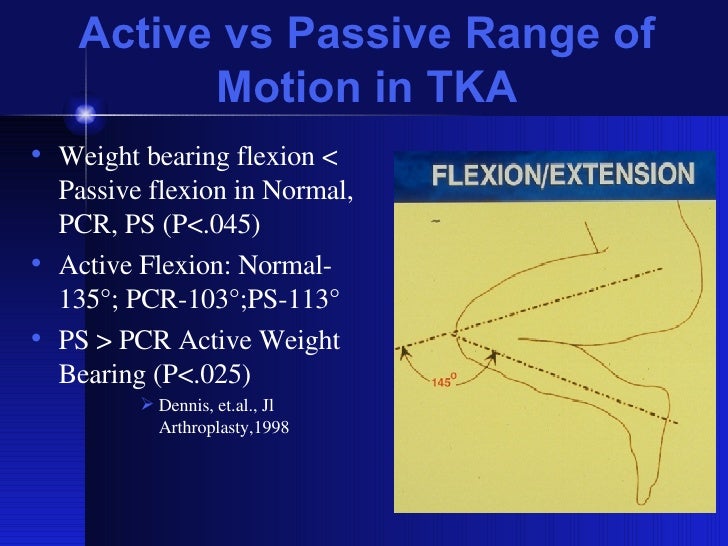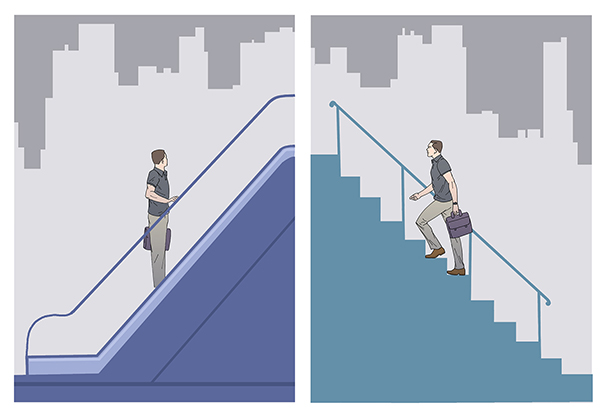

Arthritis: A carefully designed exercise program can help with pain reduction, alleviate joint stiffness and help maintain muscle strength in affected joints.Asthma: Regular exercise can help control the frequency and severity of asthma attacks.Physical activity can also help one control their weight and boost their energy.

Type II diabetes: Consistent exercise can help improve insulin sensitivity and lower blood sugar levels.For example, interval training can hinder the progression of heart disease and lower one’s risk of dying. Heart disease: Regular exercise can improve your heart health.Neurological Conditions: Exercise can help decrease muscle stiffness, reduce the chances of muscle wasting and maintain range of motion and strength in affected joints and muscles, for instance, following a Spinal Cord Injury or a Stroke.

Principles of Examination: Range of Motion Testing.
Pre and Post Surgery Rehabilitation: Exercise is recommended before and following orthopedic surgeries to increase recovery and function of the area needing orthopedic intervention, such as for knee or hip replacements. To determine whether or not there is pain present in that motion, and if so, the location, quality, and intensity. 0:00 / 3:09 SEATTLE Active vs Passive Range of Motion Why It Matters Tate Englund Yoga 2.38K subscribers Subscribe 0 No views 1 minute ago Lets discuss the difference between active and. Recovery from Injury: Low-impact, aerobic exercise can increase strength and endurance and improve muscle function in one’s body following musculoskeletal injury. Physical activity stimulates the release of serotonin and, in many cases, is preferred to the prescription of antidepressants. Depression, anxiety & quality of sleep: Studies show that low serotonin levels in the brain may cause depression, anxiety, and sleep issues. Passive range of motion (pROM) is using some external force like gravity, leverage, or your hands to move a joint.







 0 kommentar(er)
0 kommentar(er)
